
Contrary to the name, Ad Blue is a clear, colourless non-toxic liquid that is added to diesel vehicles fitted with selective catalytic reduction or SCR technology to reduce emissions and treat exhaust gas.
AdBlue® is a solution of urea (a component of synthetic urine) and deionized water. It is completely colourless and non-toxic.
What is it used for?
In the automobile industry, one of the greatest challenges is reducing emissions. New exhaust standards have been introduced to look at the reduction of c02 emission levels and reduction in nitrogen oxides. Nitrogen oxides pollute the air causing smog, acid rain and are believed to contribute to respiratory issues.
How does It work?
The Ad Blue is fed into the exhaust and reacts to the nitrogen oxide gas which is produced during combustion, removing polluting elements of the exhaust gas turning it into harmless nitrogen, oxygen and water. This reduces the number of emissions produced and allows your vehicle to pass more strict standards that have been put in place. This process is known as selective catalytic reduction and is only used in diesel engines.
How Do I Know If My Vehicle Needs Ad Blue?
Ad Blue is only used in diesel-powered vehicles fitted with an SCR system. Firstly it’s worth looking for an ad blue filler cap which is usually located next to the fuel cap, in the boot or under the bonnet. If your vehicle is newer the more likely it is that it will need ad blue. Some times the vehicle model may include “Blue” or “SCR” in the name to indicate.

How is it stored?
Ad-Blue should be stored out of direct sunlight between -6°c and 25°c in a clean and sealed container or dispensing unit out of direct sunlight. It is possible for Adblue to freeze at -11°c, so it’s important to be stored in an area that is not below this however, if frozen it is possible to be thawed and then reused.
Storing it in the wrong container or condition can lead to spills and contamination as the solution contains ammonia which is corrosive to some metals such as coppers. Ad-Blue can only be stored in high-density polyethylene, polypropylene or stainless steel containers. Storing it in the wrong equipment may result in costly damage to your vehicle due to contamination, which can result in SCR-catalyst replacement.
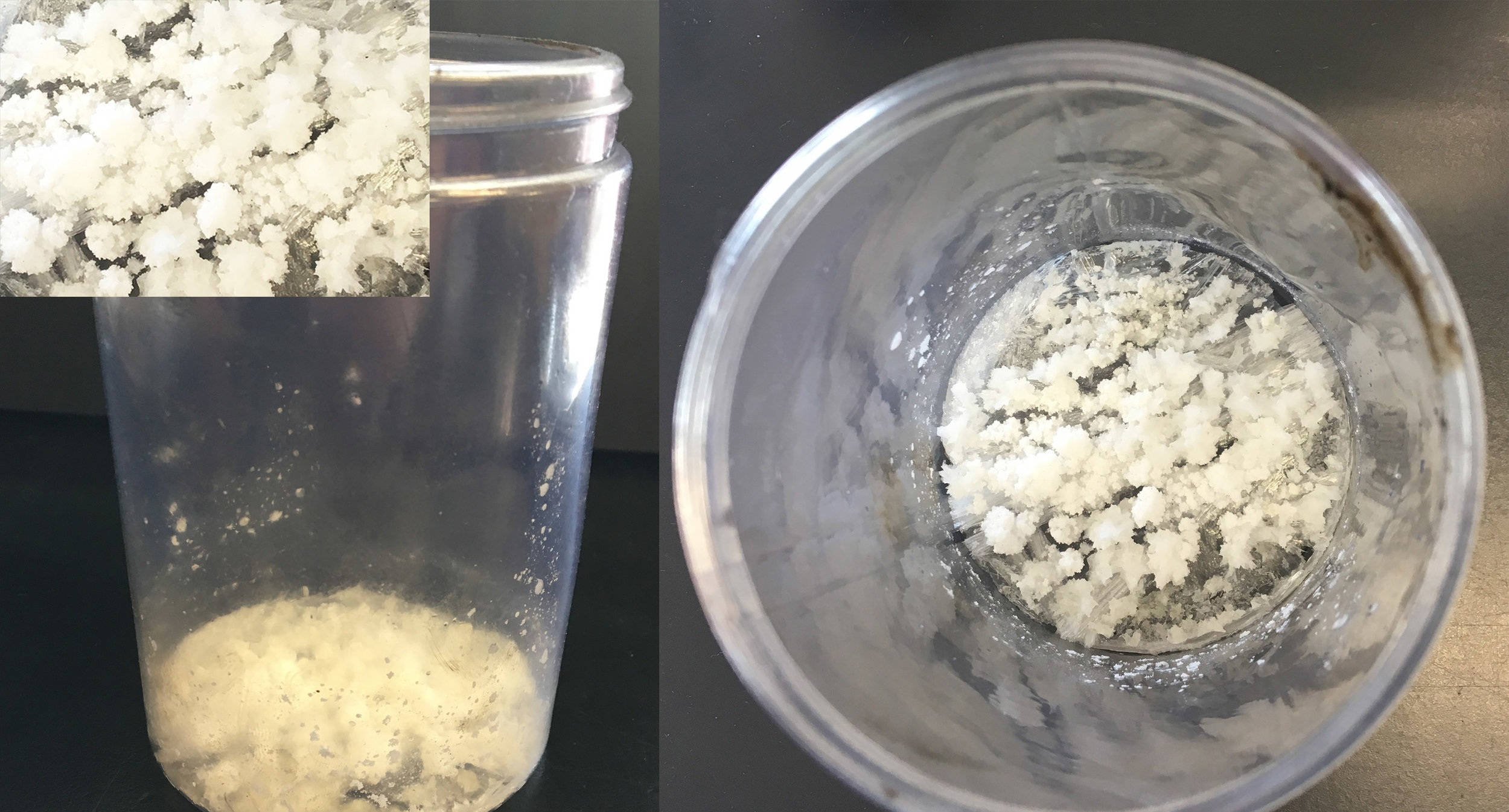
Ad-blue contamination
In some cases, people mistakenly believe that AdBlue can be added directly to your diesel tank as a fuel additive rather than in its own tank however, this is not the case. The Adblue needs to go through the dosing control unit which mixes the ad blue with the exhaust gases at a controlled rate. Switching on the engine will cause AdBlue to run through the entire fuel system and cause extensive damage. As AdBlue flows through the system, it will corrode many metals such as steel, iron, brass, aluminium & zinc. The entire fuel system will need to be replaced.
Ad-blue will crystallise when exposed to air, any signs of crystal in either your diesel tank or a fuel sample is proof of ad blue contamination. if ad blue is mistakenly added to the tank, do not turn the key, drain the tank immediately and clean with warm water. let it dry completely and if it’s free of crystals it can be used again.
We sell our Ad Blue in 1000 Litre IBCs or 200 litre barrels to order Contact us via our request a quote form/ live chat or alternatively phone us on 01360 660264. For commercial use we offer a range of Ad Blue Dispensary Tanks as shown below.
One of our drivers has made the news, featuring as part of a BBC Scotland story explaining how Stuart Youens, a former teacher, left the profession to become a lorry driver, highlighting the growing pressures facing educators.
23 million households across the UK are connected to the mains gas grid. However, there is approximately 4 million that are not. If you're looking to purchase a home that is “off the grid” you may benefit from using Kerosene as your mains gas alternative.
Not only Is it an inconvenience, but letting your tank run dry can also cause problems with your heating system and stove appliances. We want to help you avoid unexpectedly running low of heating oil. It’s important to have a better understanding of when you should fill your tank and the factors affecting this.
Having your oil tank bunded is one of the safest ways to store your heating oil at home. It’s also important to take into consideration the positioning of the tank, fire regulations, local building regulations and maintenance of the tank.
If you have never lived in a home with oil-fired heating then there may be a number of things you might not know to check for. We’ve put together a list of things you should check when purchasing a new home that uses heating oil.
The ever-changing prices of heating oil can be confusing and unpredictable, naturally, we want to buy our heating oil at the cheapest price possible. There are many factors that influence the price of kerosene so when is the best time to buy it and what are these influencing factors?
From 1 April 2022, rebated diesel (known as red diesel) and rebated biofuels will no longer be allowed to be used as they are currently.
Last week we were busy fuelling #COP26 held at the SEC Centre in Glasgow with HVO, the greener diesel alternative.
It’s essential to ensure your tank is fit for purpose during the winter months. Not only could a damaged tank mean you are left without heating or hot water in your home, but it can also cause environmental pollution.
Nobody wants to live in cold damp conditions, especially during winter. Unfortunately, this is the case for thousands of people across the UK who struggle financially to heat their homes
Red diesel, gas oil, 35-second oil, tractor diesel, can differ in grade depending on the season. A winter and a summer blend is used to prevent problems with machinery during colder weather.
We understand paying for your heating oil can be quite a large expense for your home, that’s why we have come up with some tips you can do to keep costs down.
Summer nights are slowly drawing in and temperatures are dropping, this means for many of us, we will be turning on our heating within the next few weeks. We advise all our customers to prepare ahead of the cold weather, ensuring that there are no problems with your heating system at the time you need it the most.
If you’re looking to install an oil tank on your property then you will need to decide between a plastic or steel oil tank. To make life easier, we’ve listed a few of the main pros and cons for each material below.
Motorists and shoppers have been urged not to panic-buy fuel and goods as the shortage of lorry drivers hit supplies.
Now that it’s officially Autumn, it’s important to make sure your fuel tank is in good condition so you don’t go cold this winter.
If your heating oil tank is damaged or old, you might be wondering how to good about removing it from your home.
At James D Bilsland we find that it is important to prioritise vulnerable and elderly customers in severe weather conditions.
Having your oil tank bunded is one of the safest ways to store your heating oil at home. It’s also important to take into consideration the positioning of the tank, fire regulations, local building regulations and maintenance of the tank.
Ordering heating oil for the first time can be confusing to someone who has previously used on-grid heating or moving into their very first home. If you are new to heating oil there is no need to worry, we work hard to make the transition as stress-free as possible.
You don’t want to be caught off guard when you turn on your thermostat and no heat comes on in the winter. Check for these signs that your boiler needs servicing so you can do it now before the weather turns cold.



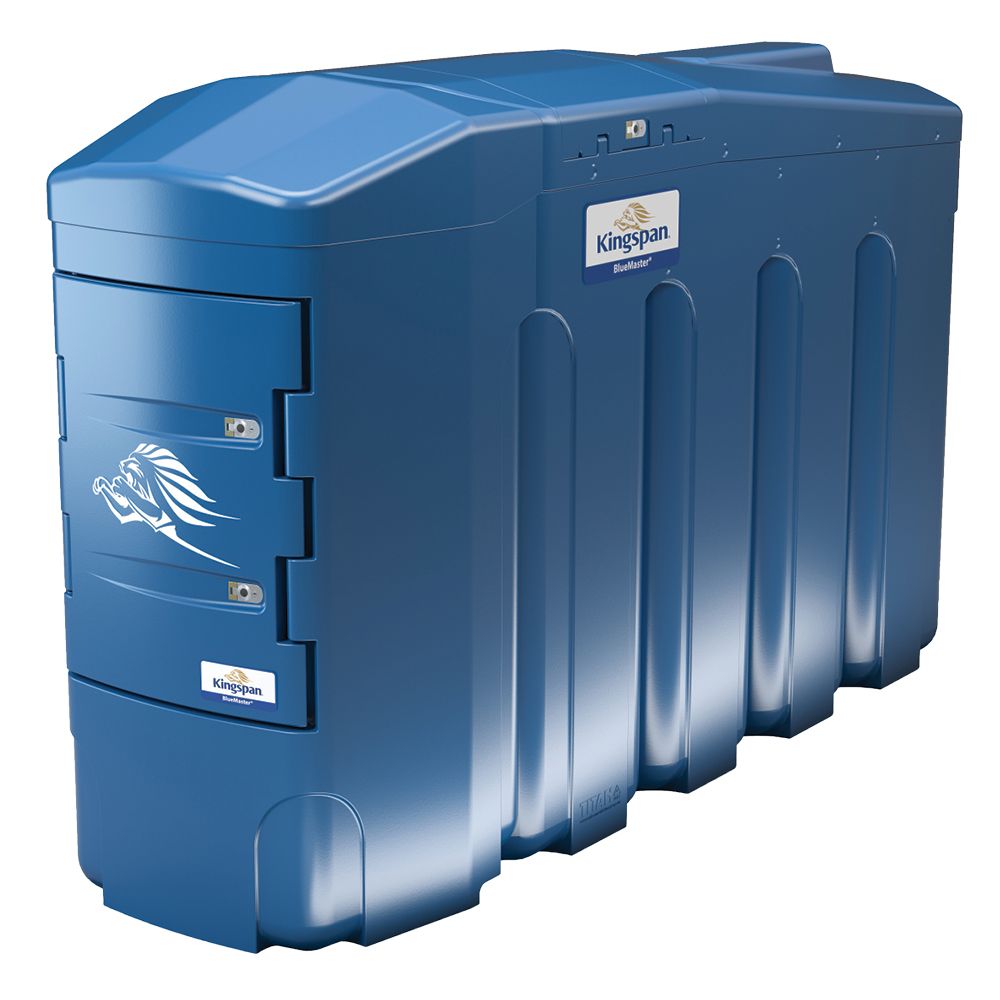

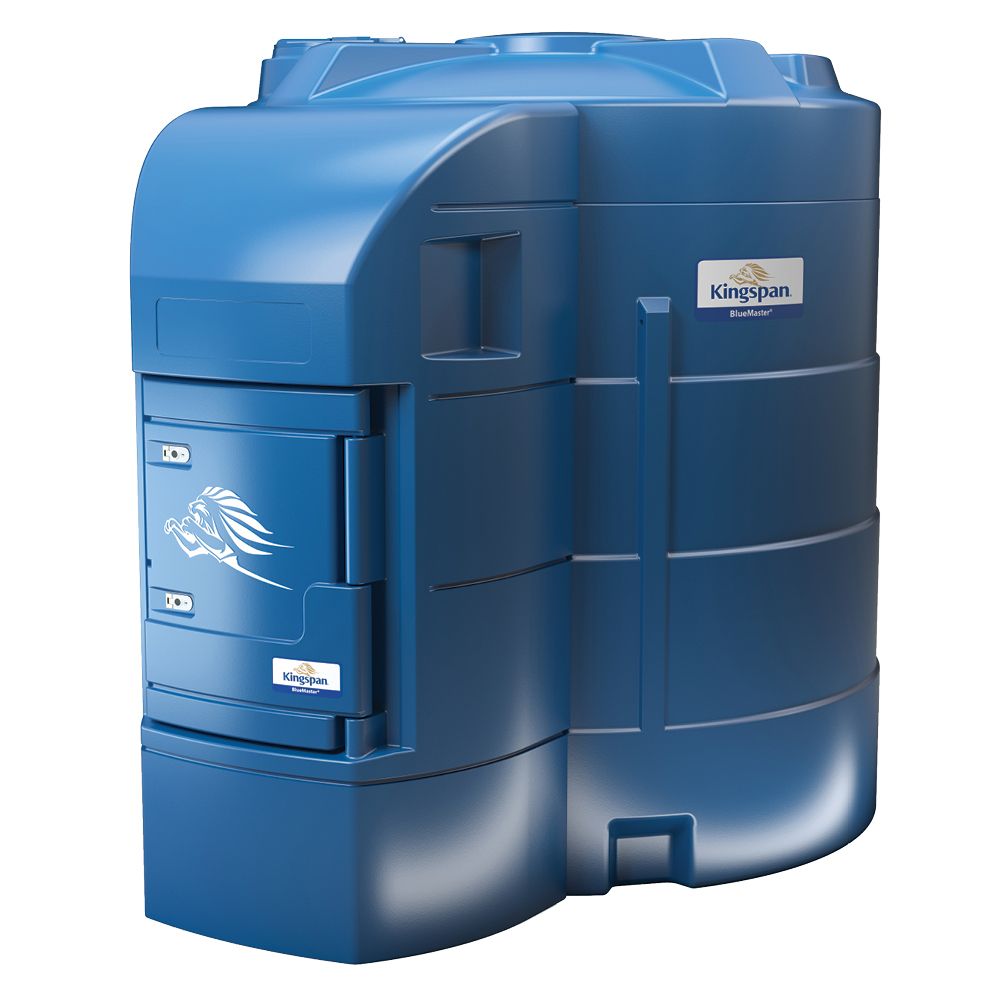





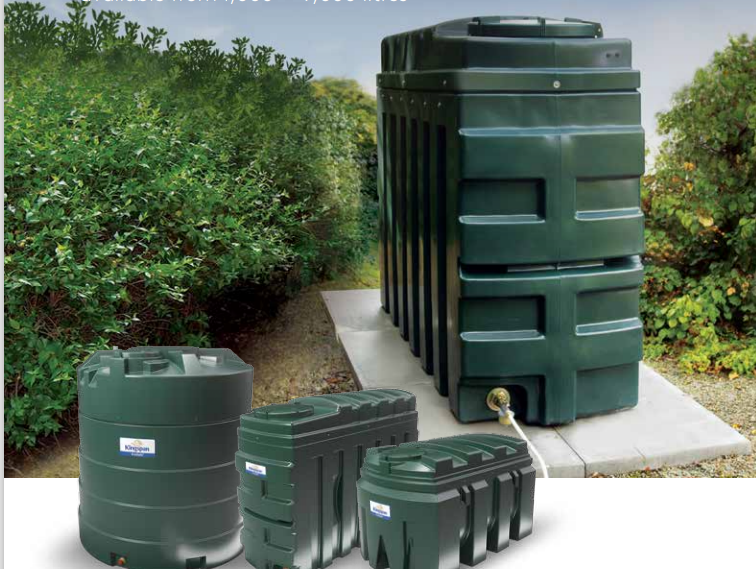



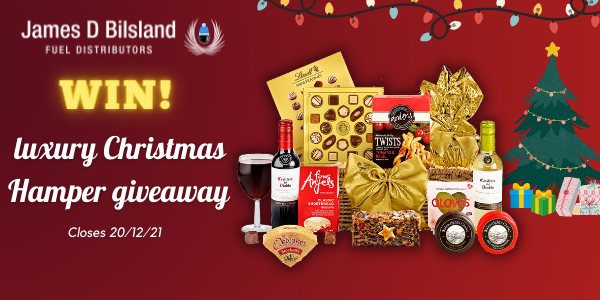













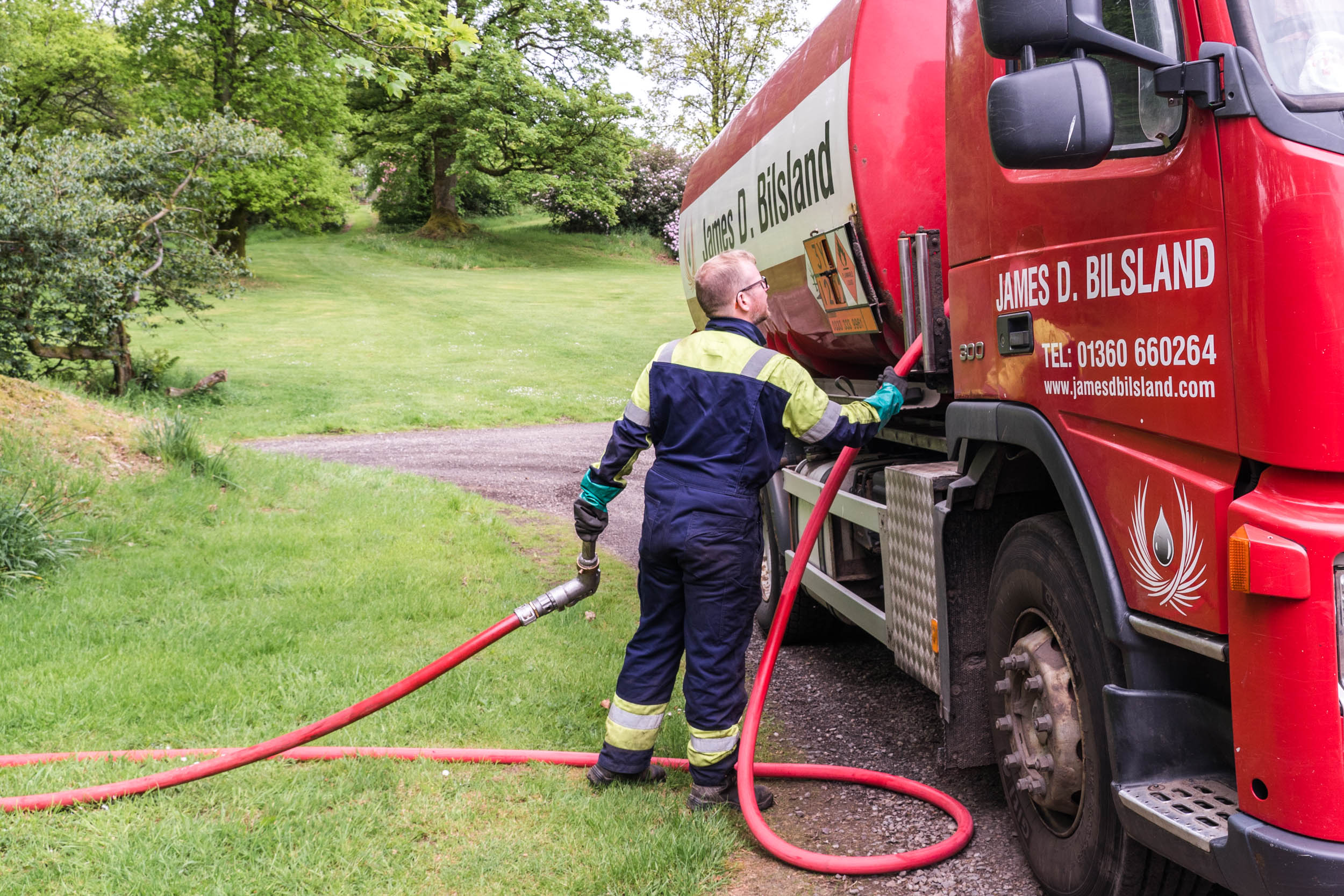


Completely running out of heating oil can leave you without hot water or heating, this is especially inconvenient during winter when it’s needed the most. Running fully dry of heating oil is easily done by not keeping an eye on your fuel levels or from fuel theft